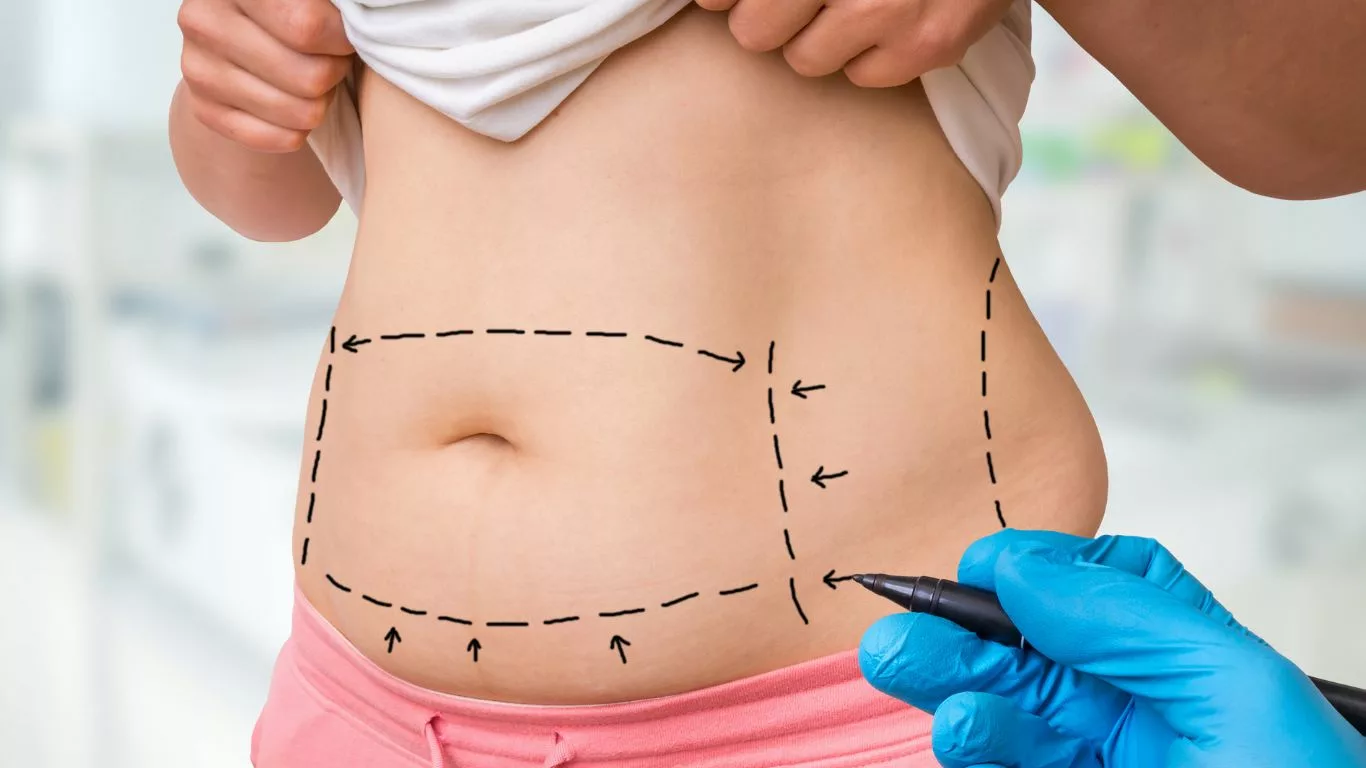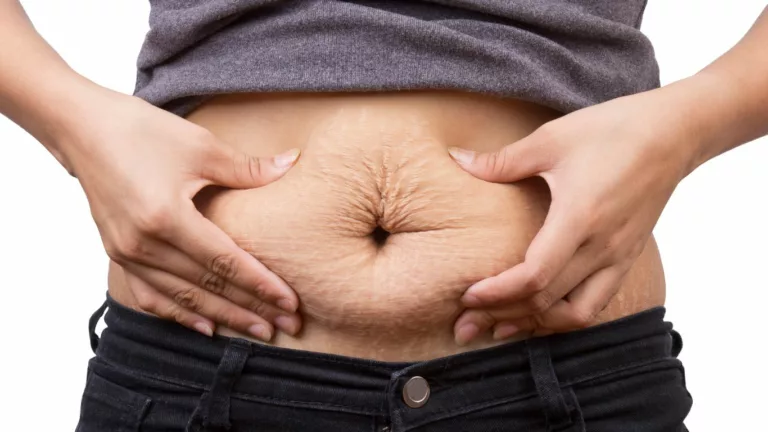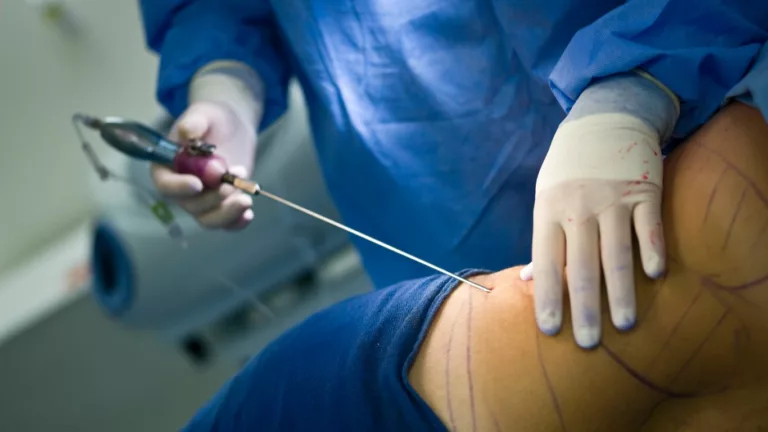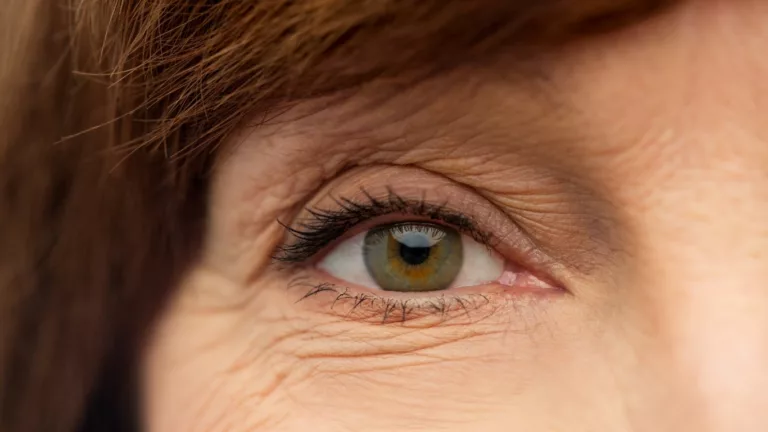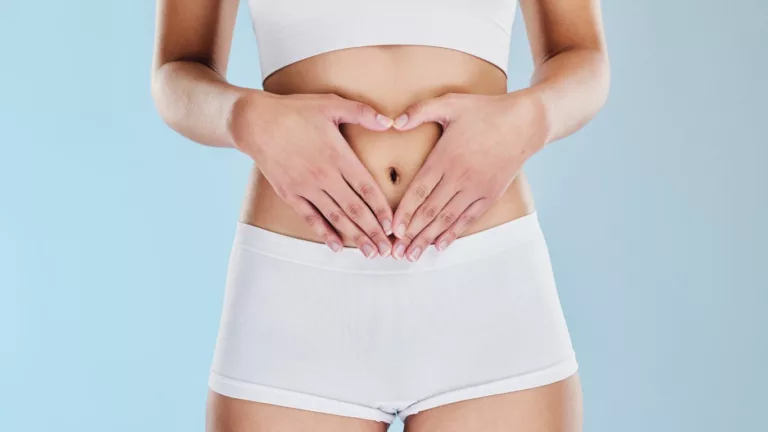Understanding Fibrosis After Liposuction – Causes and Management
Explore the causes, symptoms, and treatment options for fibrosis after liposuction in our comprehensive guide. Learn how to manage this common post-surgery complication effectively.
Liposuction, a widely performed cosmetic procedure aimed at removing excess fat deposits, can occasionally lead to complications such as fibrosis. Fibrosis, characterized by the formation of scar tissue in the treated areas, is a natural part of the healing process but can sometimes cause discomfort or aesthetic concerns for patients. This article delves into the specifics of fibrosis after liposuction, shedding light on its causes, symptoms, and effective management strategies.
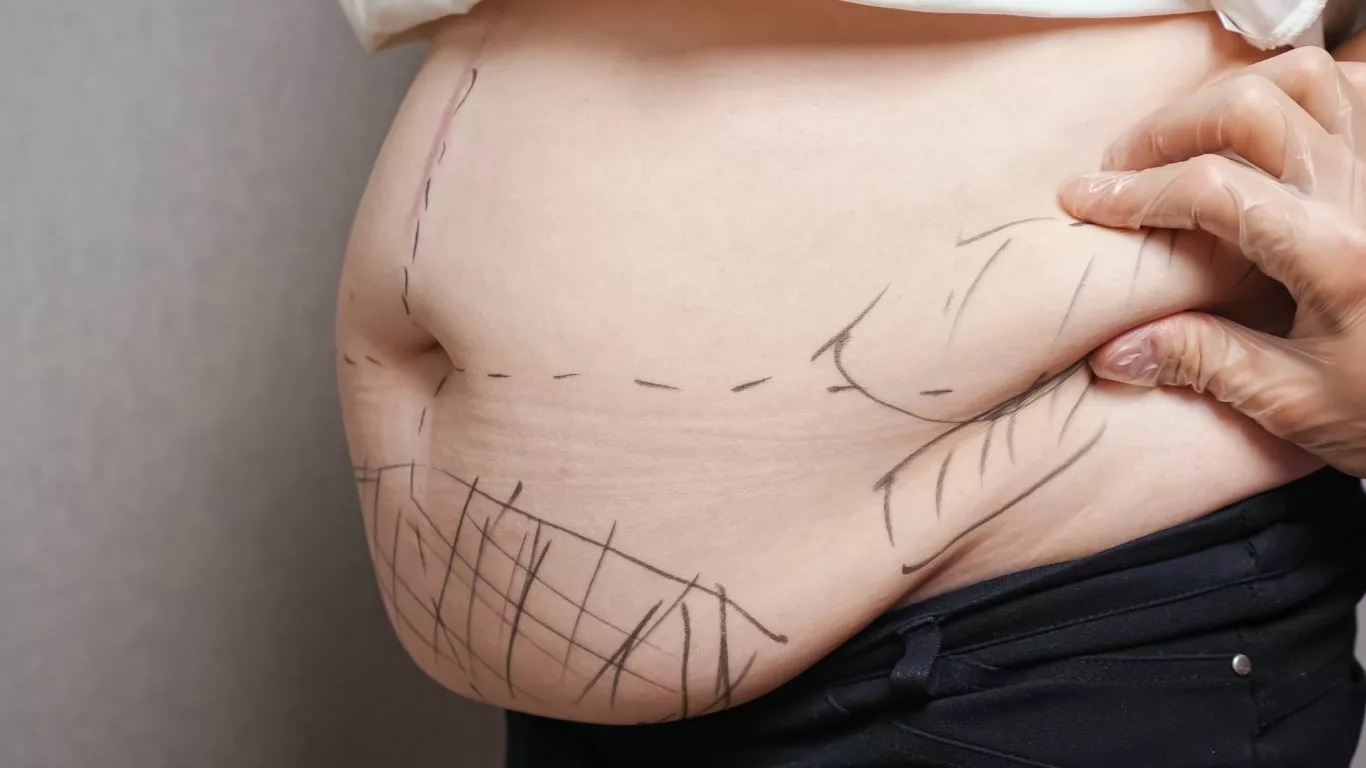
Understanding Fibrosis After Liposuction
Fibrosis, a common occurrence after liposuction, denotes the excessive formation of fibrous connective tissue in response to surgical trauma. This tissue often feels firm or lumpy, potentially contributing to irregularities in the skin’s texture in treated areas. Fibrosis is a natural part of the body’s healing process but can vary in severity depending on several factors related to the surgery and individual healing responses.
Potential Causes
Several factors contribute to the development of fibrosis after liposuction:
- Trauma to Tissues: The mechanical trauma inflicted during the suctioning process disrupts tissue integrity, prompting the body’s wound healing cascade. This response includes the production of collagen fibers, which can accumulate and form fibrous tissue.
- Inflammation and Healing: Liposuction triggers an inflammatory response as the body works to repair tissue damage. This inflammation stimulates fibroblast activity, leading to collagen deposition and eventual fibrosis.
- Technique and Skill: The surgical technique employed plays a crucial role in the development of fibrosis. Factors such as the aggressiveness of fat removal, the type of liposuction used (e.g., tumescent, ultrasound-assisted), and the skill and experience of the surgeon influence the extent of tissue trauma and subsequent healing response.
Symptoms and Identification
Identifying fibrosis after liposuction involves recognizing common symptoms and signs:
- Textural Changes: Areas affected by fibrosis often exhibit changes in texture, feeling hardened or uneven compared to surrounding tissue. These textural irregularities may be palpable and noticeable to the touch.
- Visible Lumps: Some patients may observe visible lumps or nodules beneath the skin where fibrosis has occurred. These lumps can affect the aesthetic appearance of the treated area.
- Discomfort: Fibrosis can occasionally lead to discomfort, tenderness, or sensitivity in the affected areas. Patients may experience sensations of tightness or pulling due to the presence of fibrous tissue.
Understanding these aspects of fibrosis after liposuction is crucial for patients undergoing or considering the procedure. By recognizing potential causes, symptoms, and the impact of surgical techniques, individuals can better prepare for post-operative care and manage expectations regarding recovery and cosmetic outcomes.
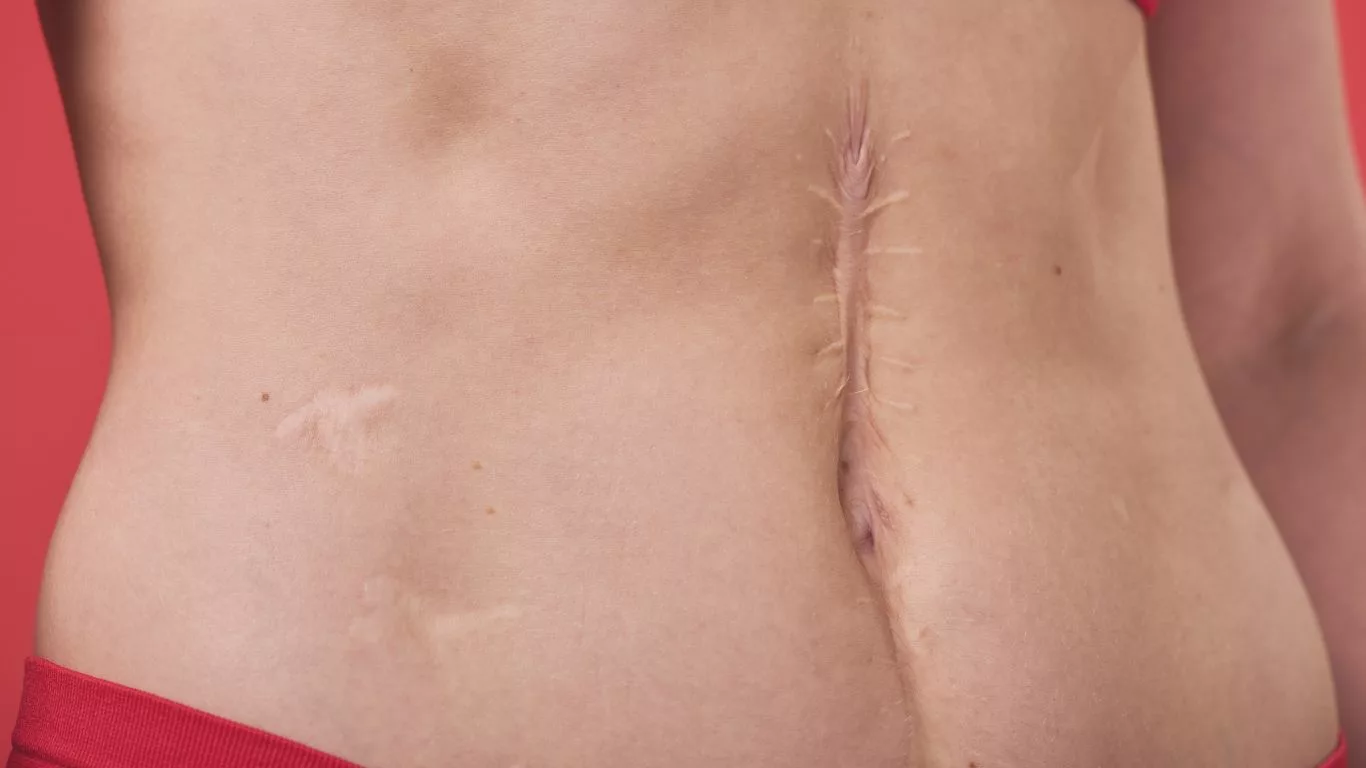
Management and Treatment Options for Fibrosis After Liposuction
After undergoing liposuction, managing fibrosis effectively is crucial for achieving optimal cosmetic results and ensuring a smooth recovery process. Here are several treatment options aimed at minimizing fibrosis and promoting healthy skin:
1. Massage Therapy
Massage therapy is a cornerstone in managing fibrosis post-liposuction. By employing gentle, targeted techniques, therapists can break down fibrous tissue, improving circulation and promoting lymphatic drainage. This helps in smoothing out the skin’s texture over time and reducing the appearance of irregularities.
2. Compression Garments
Wearing compression garments as prescribed by your surgeon plays a significant role in reducing swelling and maintaining pressure on the treated areas. This compression helps to support the skin and underlying tissues, promoting proper healing and reducing the likelihood of fluid accumulation.
3. Ultrasound Therapy
In cases where fibrosis is more pronounced or resistant to massage and compression, ultrasound therapy can be an effective option. Ultrasound waves are used to penetrate deep into the tissues, breaking down fibrous deposits and improving the overall contour of the skin. This non-invasive treatment can enhance the outcomes of liposuction by smoothing out uneven areas and promoting skin elasticity.
4. Hydration and Nutrition
Maintaining optimal hydration levels and following a balanced diet rich in vitamins and minerals is essential for supporting the body’s healing process post-surgery. Proper hydration helps to flush out toxins and supports cellular regeneration, while a nutrient-rich diet provides the building blocks necessary for collagen production and skin repair.
5. Laser Therapy
For patients experiencing persistent fibrosis or uneven skin texture post-liposuction, laser therapy can be considered. Various laser technologies, such as fractional laser or laser-assisted liposuction (LAL), can help to break down scar tissue, stimulate collagen production, and improve overall skin tone and texture.
6. Topical Treatments
Topical treatments containing ingredients like retinoids or silicone gel can aid in managing fibrosis by promoting collagen remodeling and reducing scar formation. These treatments are often recommended alongside other therapies to optimize results and enhance skin smoothness.
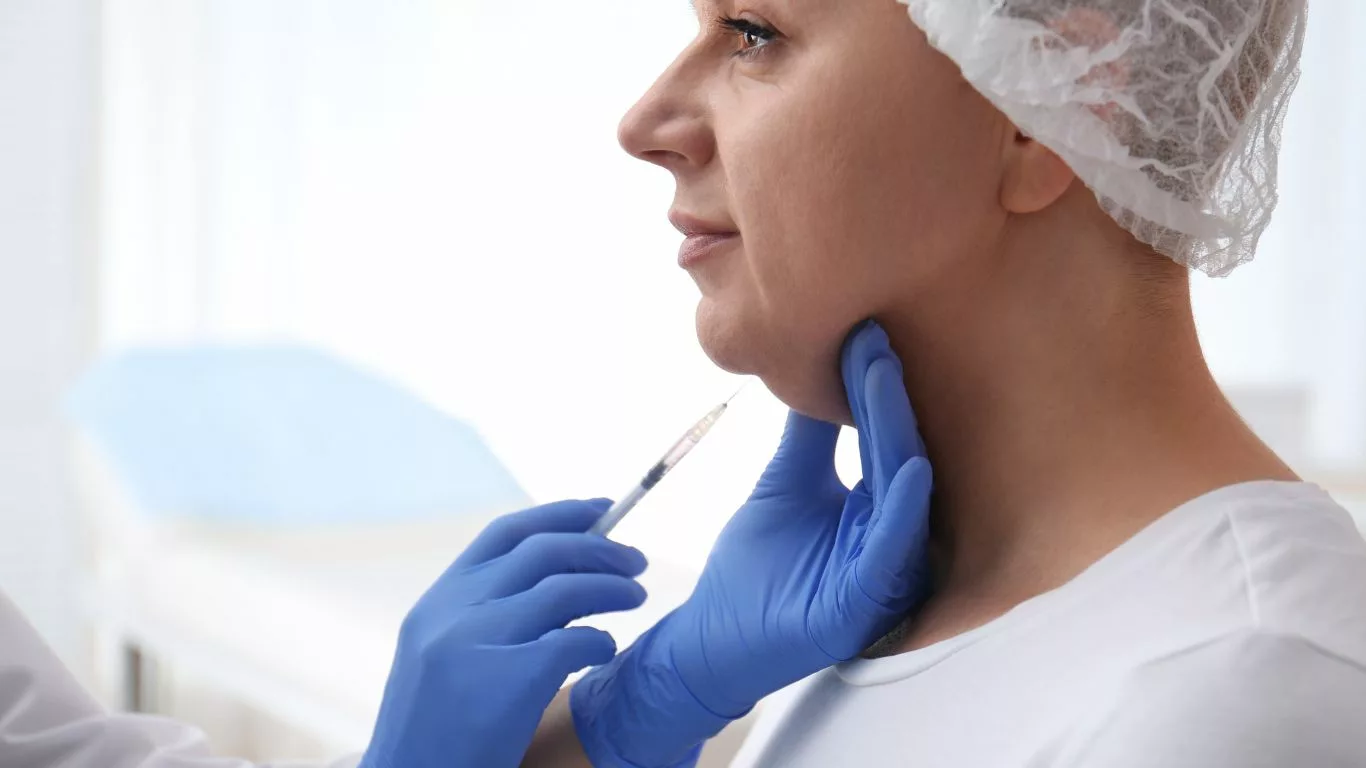
Preventative Measures
While fibrosis is a common occurrence following liposuction, proactive steps can significantly minimize its extent and impact on recovery. Implementing these preventative measures can enhance healing outcomes and improve overall satisfaction with the procedure:
1. Proper Post-Operative Care
The foundation of minimizing fibrosis begins with meticulous post-operative care. Adhere closely to your surgeon’s instructions, which may include:
- Activity Levels: Limiting strenuous activities initially and gradually increasing activity as advised.
- Compression Garments: Wearing compression garments consistently to reduce swelling and support tissue adherence.
- Wound Care: Following proper wound care protocols to minimize infection risk and promote healthy healing.
2. Gradual Resumption of Activities
After liposuction, it’s crucial to reintroduce physical activities gradually and cautiously:
- Avoiding Strain: Refraining from heavy lifting or strenuous exercises that could strain the treated areas.
- Progressive Approach: Gradually increasing physical activity levels under the guidance of your surgeon or physical therapist to prevent undue stress on healing tissues.
3. Regular Follow-Up Visits
Scheduled follow-up appointments with your surgeon are essential for monitoring recovery progress and addressing any emerging issues promptly:
- Monitoring Healing: Assessing the development of fibrosis and other potential complications early on.
- Adjusting Treatment Plan: Making adjustments to your recovery plan based on individual healing responses and any concerns that may arise.
- Patient Education: Receiving ongoing guidance on managing expectations, maintaining optimal results, and addressing any lingering symptoms or concerns post-surgery.
4. Nutritional Support and Hydration
Maintaining a balanced diet rich in nutrients and staying adequately hydrated can support overall healing and skin health:
- Nutrient-Rich Foods: Consuming foods high in vitamins, minerals, and antioxidants that promote tissue repair and collagen production.
- Hydration: Drinking plenty of water to aid in flushing toxins from the body and maintaining skin elasticity.
5. Psychological Support
Acknowledging and managing post-surgical expectations and anxieties through:
- Counseling Services: Utilizing counseling services or support groups to manage expectations and any anxieties regarding post-surgical outcomes.

Conclusion
Fibrosis after liposuction, though common, can be effectively managed with appropriate care and attention. By understanding its causes, recognizing potential symptoms early, and following recommended treatment strategies, patients can enhance their recovery experience and achieve satisfying cosmetic outcomes.
For individuals considering or recovering from liposuction, knowledge of fibrosis and its management is crucial in navigating the post-surgical period with confidence and informed decision-making.
Appendices
References
For further exploration of fibrosis after liposuction and its management, consider reviewing the following resources:
- S. Teimourian, R. J. Fischer. “Fibrosis of Liposuction: Treatment and Prevention.” Aesthetic Plastic Surgery, 1992. Read Article
- A. De Souza Pinto, D. C. Padovani, F. L. Mazzuco, et al. “Management of Complications in Liposuction: Experience with 96 Cases.” Plastic and Reconstructive Surgery, 2012. Read Article
- National Institutes of Health (NIH). “Liposuction: What You Should Know.” National Institute of Arthritis and Musculoskeletal and Skin Diseases, 2023. Read Article
FAQs
Here are some frequently asked questions about fibrosis after liposuction:
- Is fibrosis after liposuction permanent? In most cases, fibrosis resolves over time with proper care and may improve with massage and other therapies.
- How soon can massage therapy be initiated after liposuction? Your surgeon will provide specific guidance, but typically, gentle massage can begin once cleared for post-operative care.
- Can fibrosis be prevented entirely? While it’s challenging to prevent entirely, adherence to post-operative care instructions and proper surgical technique can minimize its occurrence.
Disclaimer: The information provided in this article is for educational and informational purposes only. It is not intended to be a substitute for professional medical advice, diagnosis, or treatment. Always seek the advice of your physician or other qualified health provider with any questions you may have regarding a medical condition. Never disregard professional medical advice or delay in seeking it because of something you have read in this article. Reliance on any information provided in this article is solely at your own risk.

Camellia Wulansari is a dedicated Medical Assistant at a local clinic and a passionate health writer at Healthusias.com. With years of hands-on experience in patient care and a deep interest in preventive medicine, she bridges the gap between clinical knowledge and accessible health information. Camellia specializes in writing about digestive health, chronic conditions like GERD and hypertension, respiratory issues, and autoimmune diseases, aiming to empower readers with practical, easy-to-understand insights. When she’s not assisting patients or writing, you’ll find her enjoying quiet mornings with coffee and a medical journal in hand—or jamming to her favorite metal band, Lamb of God.
